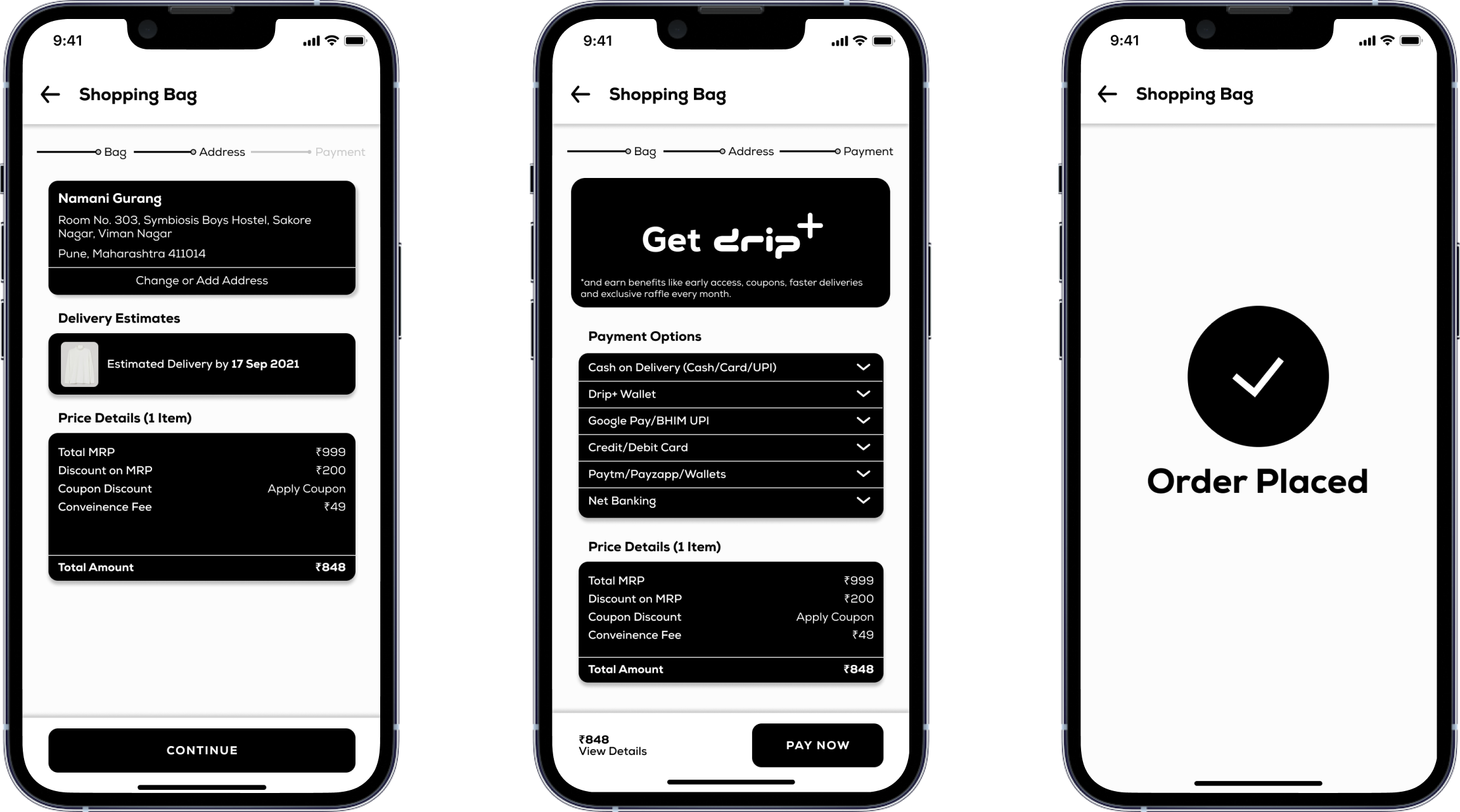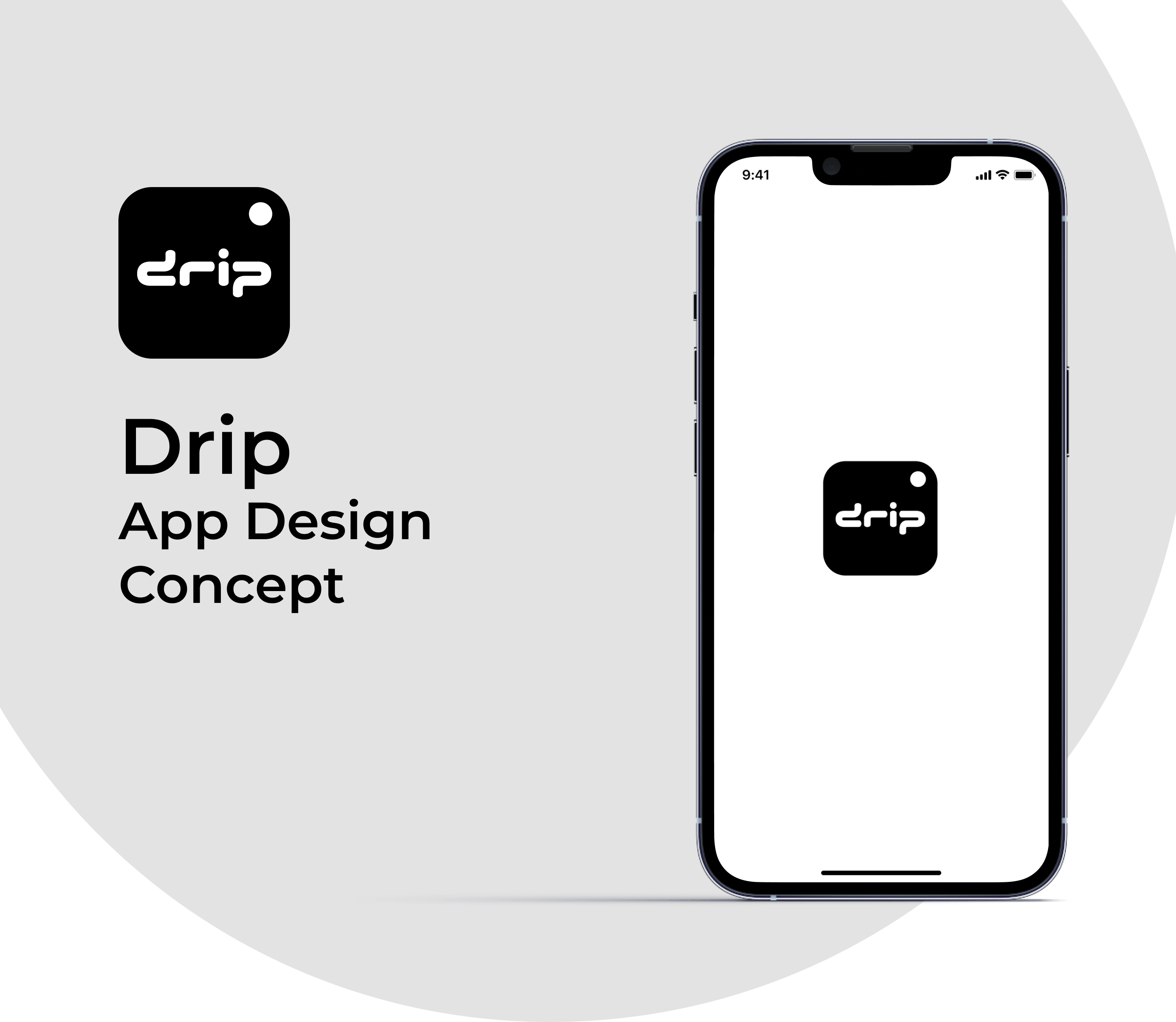
Overview
Drip is a concept app created during my study at college, it is designed to minimize the distribution of counterfeit apparels in the market which will build the trust between the buyers and sellers in the thrift and reselling market.
Role & Responsibilities
I worked with the team in analyzing user research, making of Idea list, Feasibility graph, Concept list and independently on Wireframing, and Iterating with stakeholder feedback to create a final prototyped solution.
Design Process
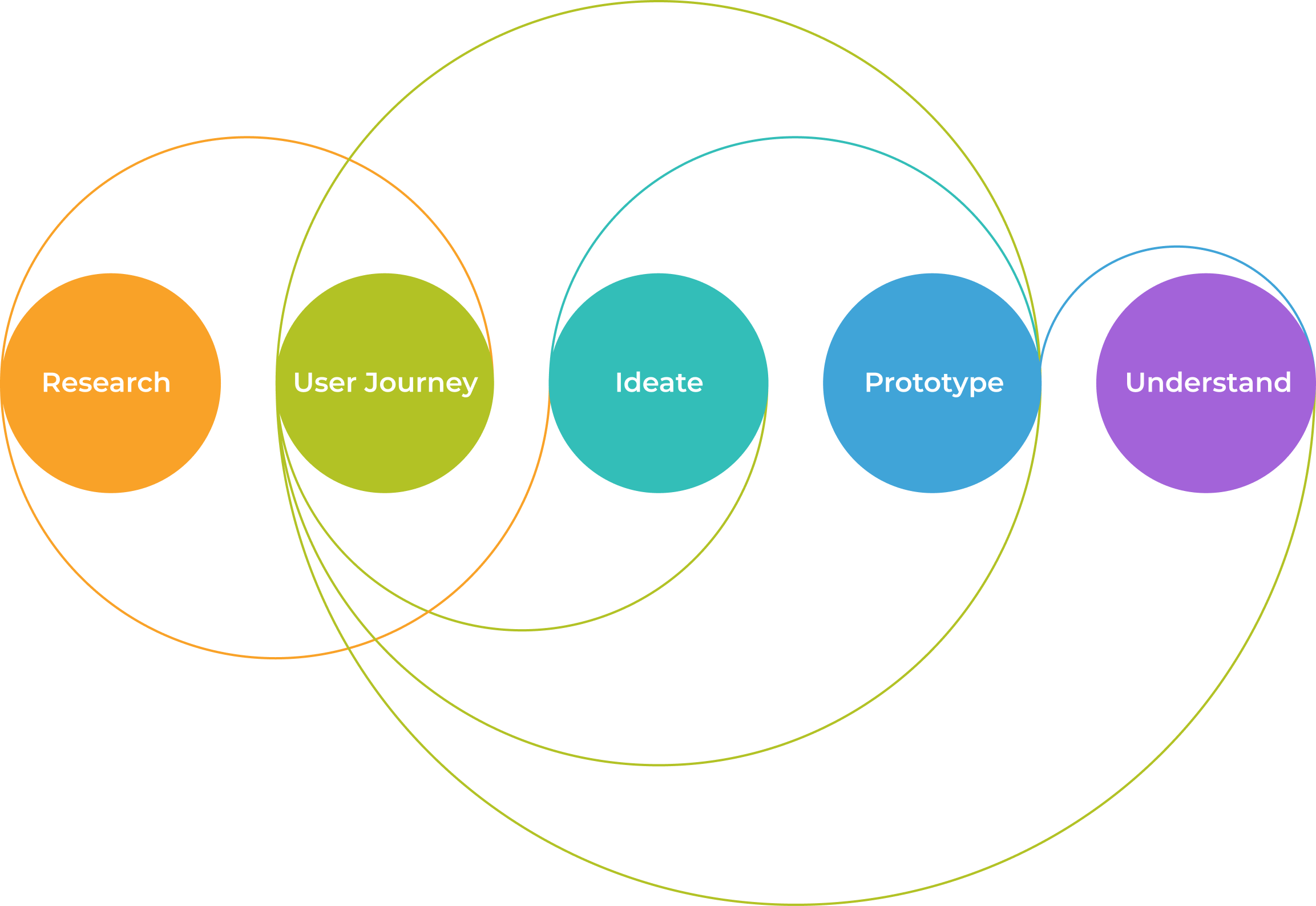
Research
Problem: There is no authentic network/application for buyers and sellers in the thrift and reselling market which increases the chance of the distribution of counterfeit products in the market.
In Primary Research, we conducted both online and physical surveys in our user research where we asked the user questions and their experiences. Our research aimed to know — ease of use, problem faced by the users and an ideal platform to do all of it.
In my Secondary Research, we started by conducting market research and competitor analysis to better understand who my competitors were and what they did well or poorly.
Competitive Analysis
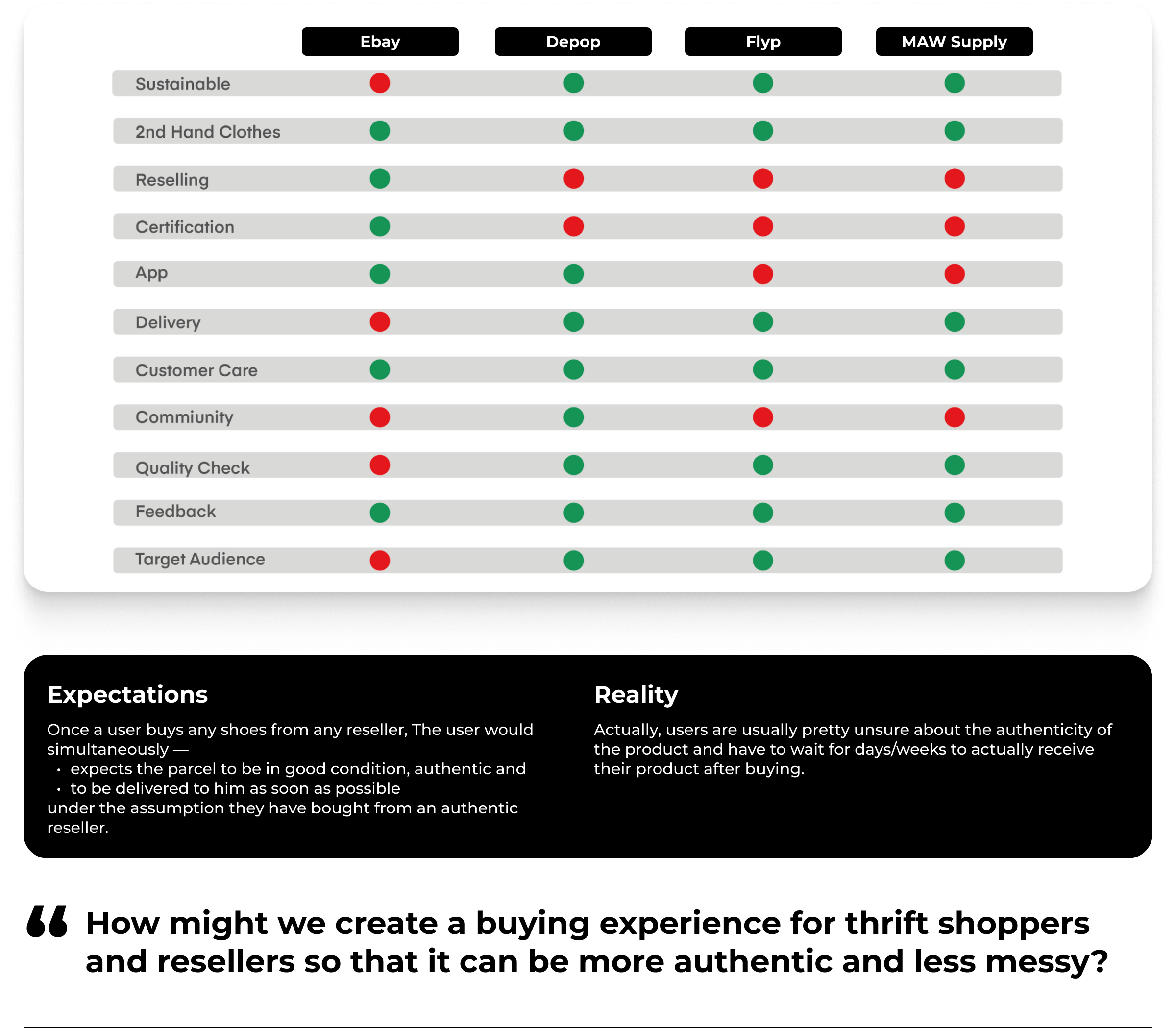
Problem
Statement &
Solution
Our findings revealed that there were no well-known, direct
competitors to our app. This meant that the potential for Drip was
huge. However, this was also its biggest risk (i.e. Why wasn't there
another app like this already?). We sought to overcome this risk by
seizing the opportunity and creating an app users didn't know they
needed.
Our findings also helped us shape our
problem statement
and possible
solutions
Our original problem statement has remained consistent throughout
the app's development, though the solutions have changed slightly as
We've progressed.
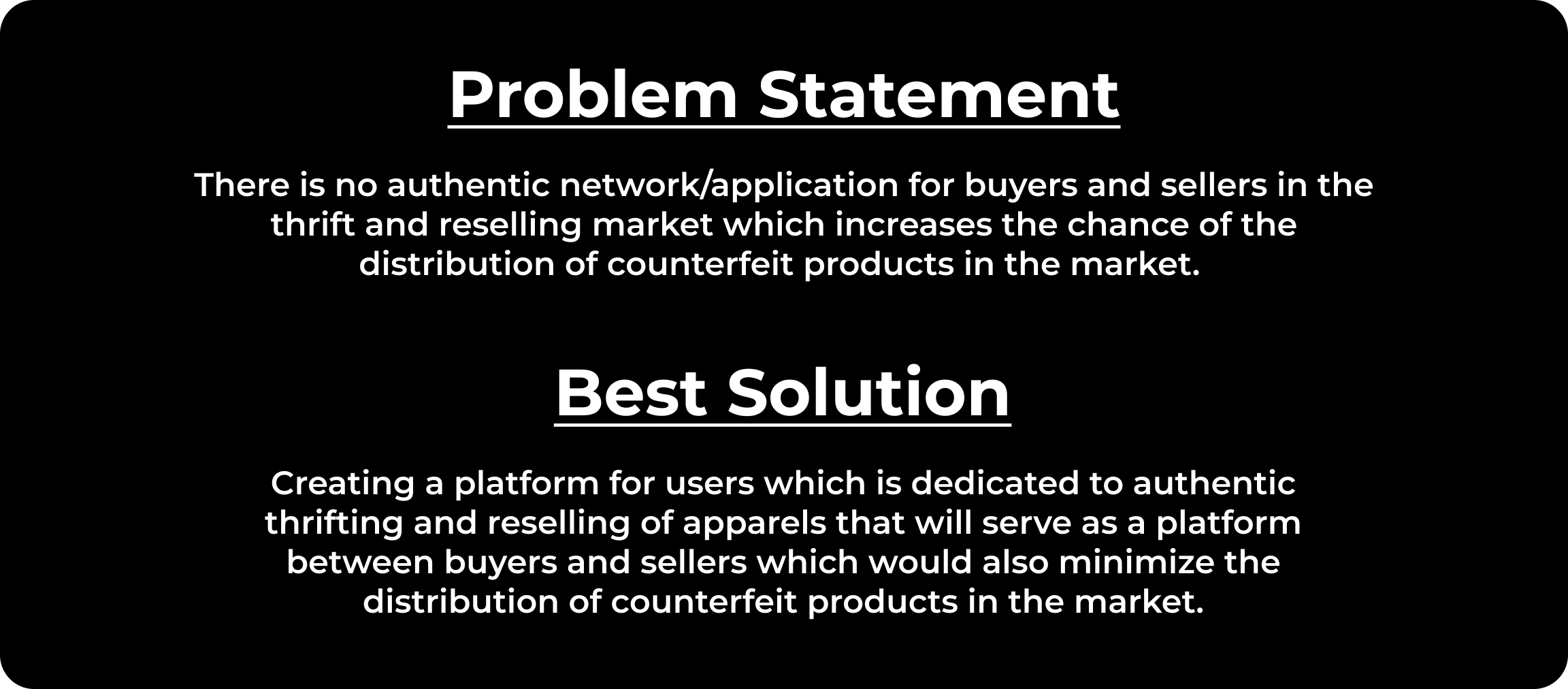
User Interviews
I conducted remote
user interviews
to gain a well-rounded understanding of my user's needs, goals, and
points of friction. I asked questions focused on users' experiences
with thrifting & reselling. I then analyzed my user's answers to
gain overarching insights.
The
user research
helped me confirm or revise my possible solutions, idea list and
user stories. From there, I decided to use the Feasibility graph of
Ideas to check the Novelty & Business Viability and then at last
create the app with the following
main functions:
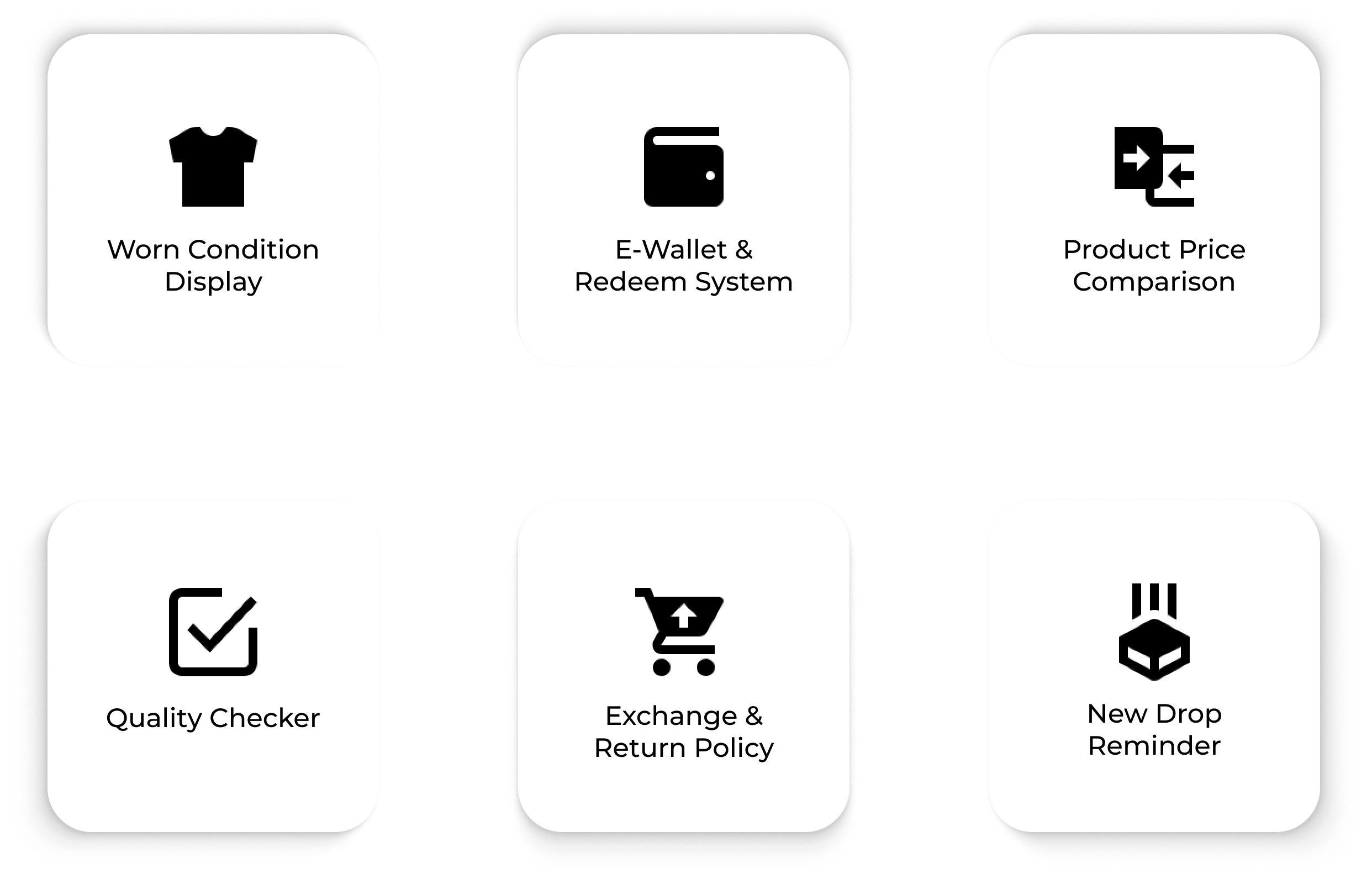
User Persona &
Journey
Using my findings from the inspiration phase, I created three user
personas to represent users with different backgrounds and needs.
I created user journeys to help me empathise with potential users.
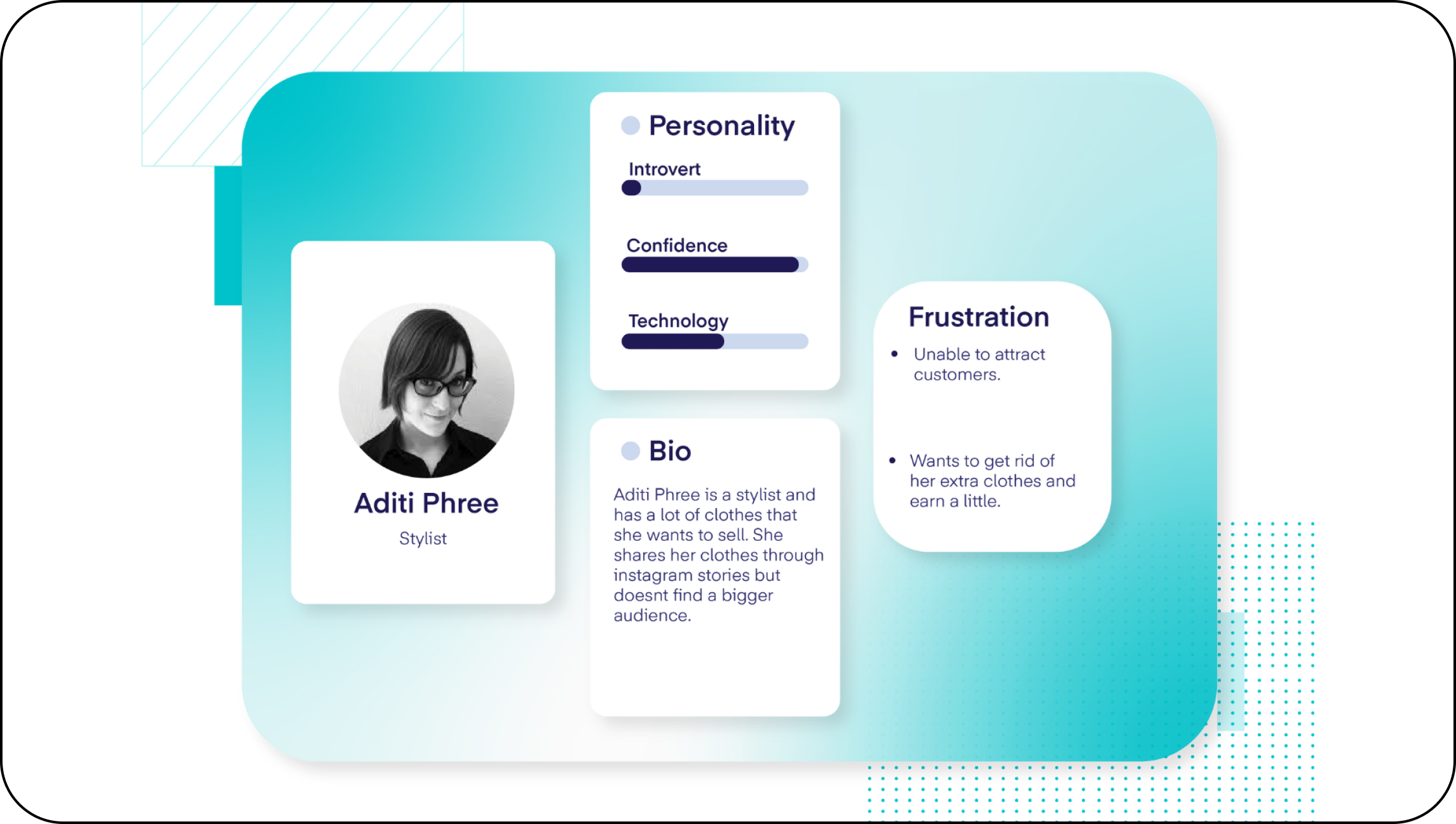
Customer Journey Map
Find a sneaker from any reseller with the best deal & buy it.
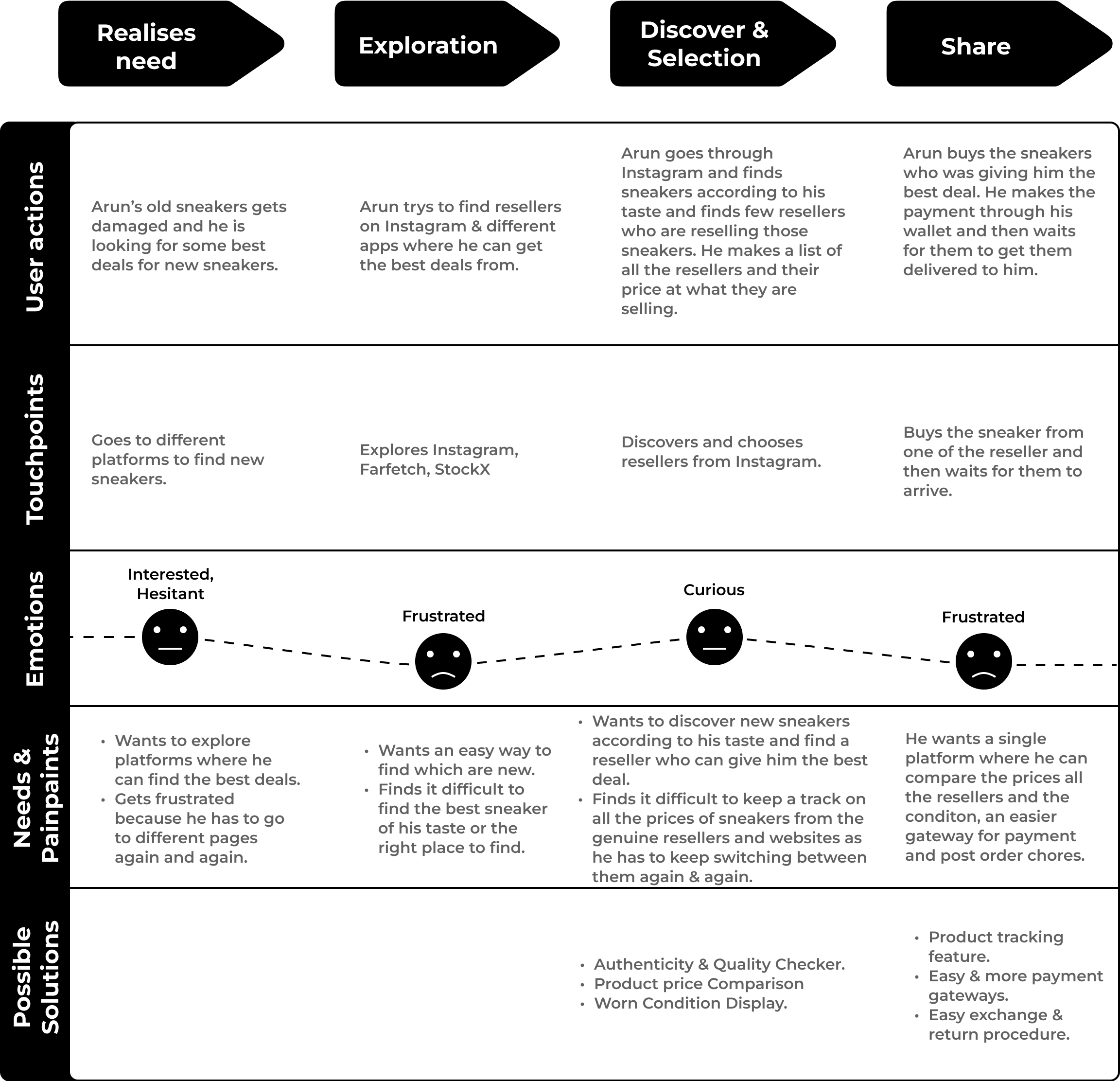
Information Architecture
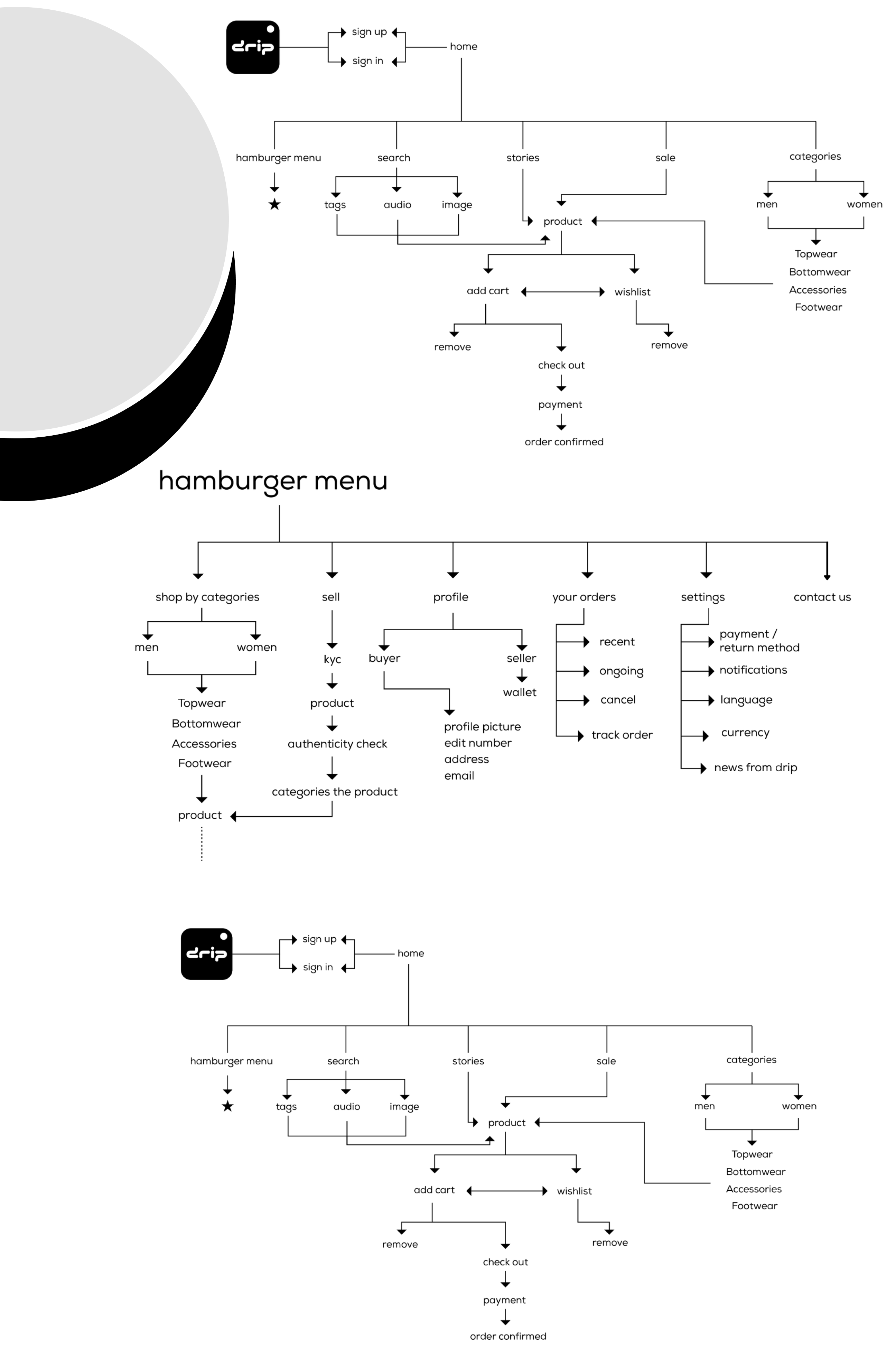
User Flow
Signing up & buying a sneaker from the app
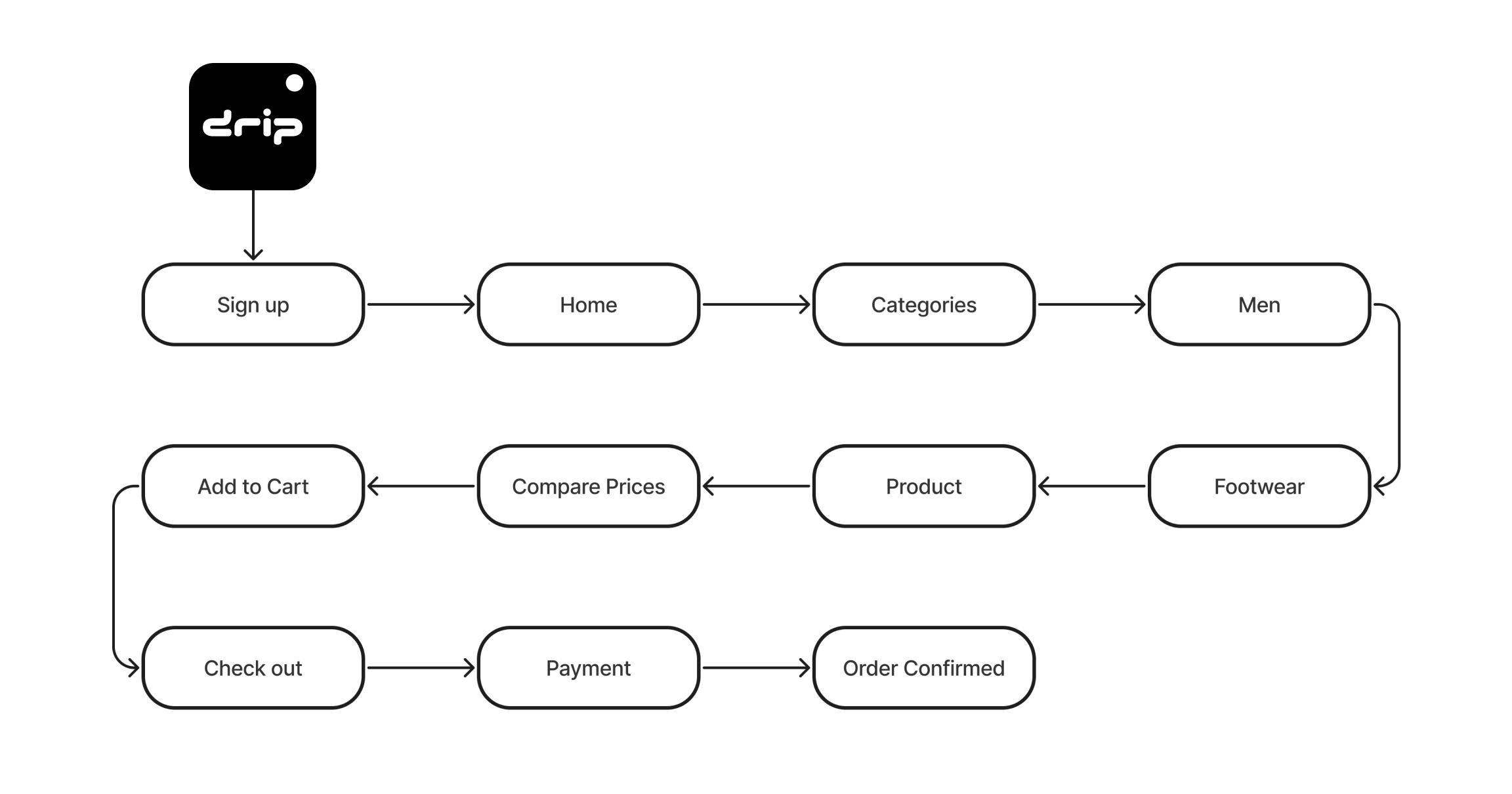
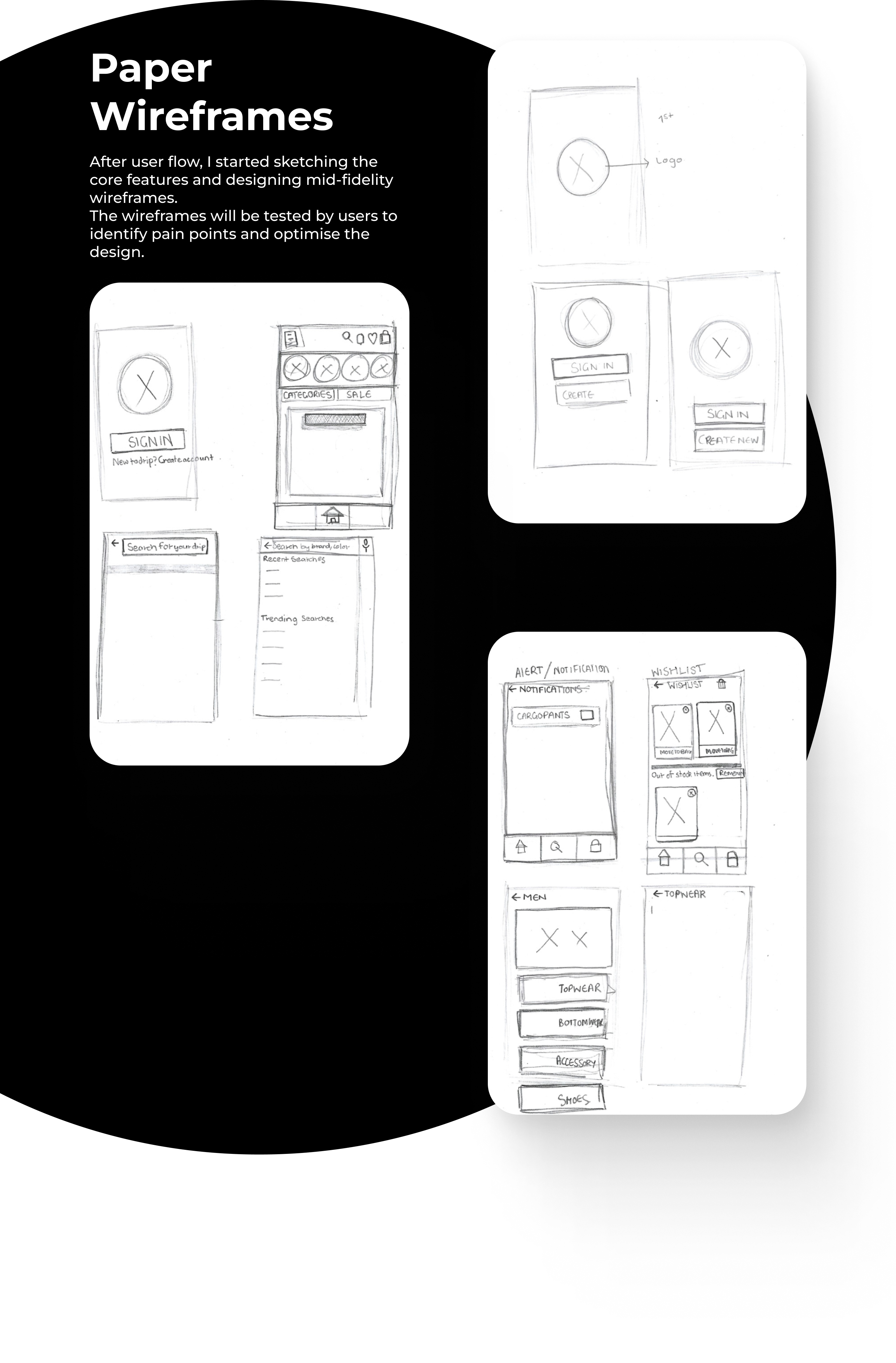
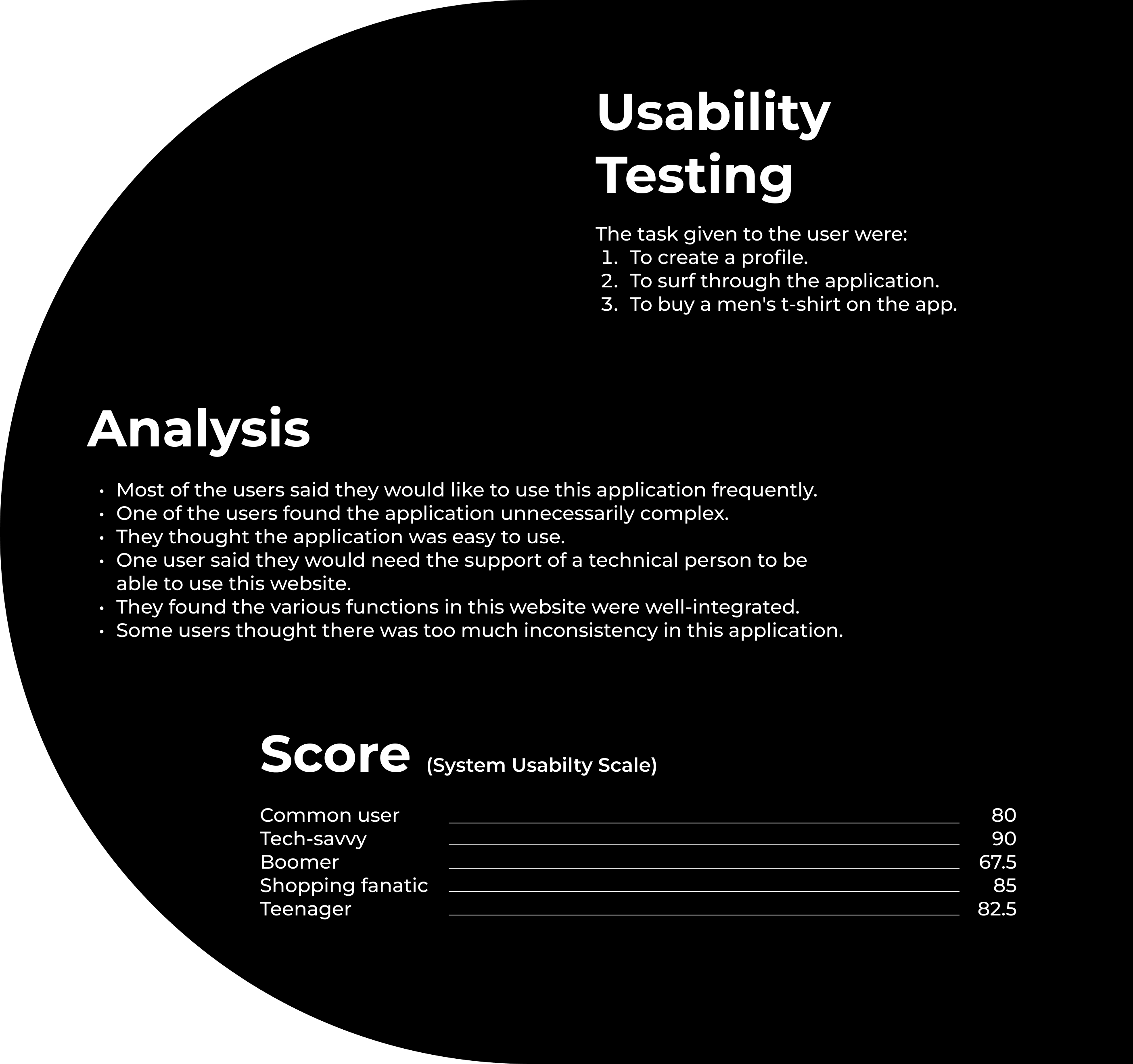
Home
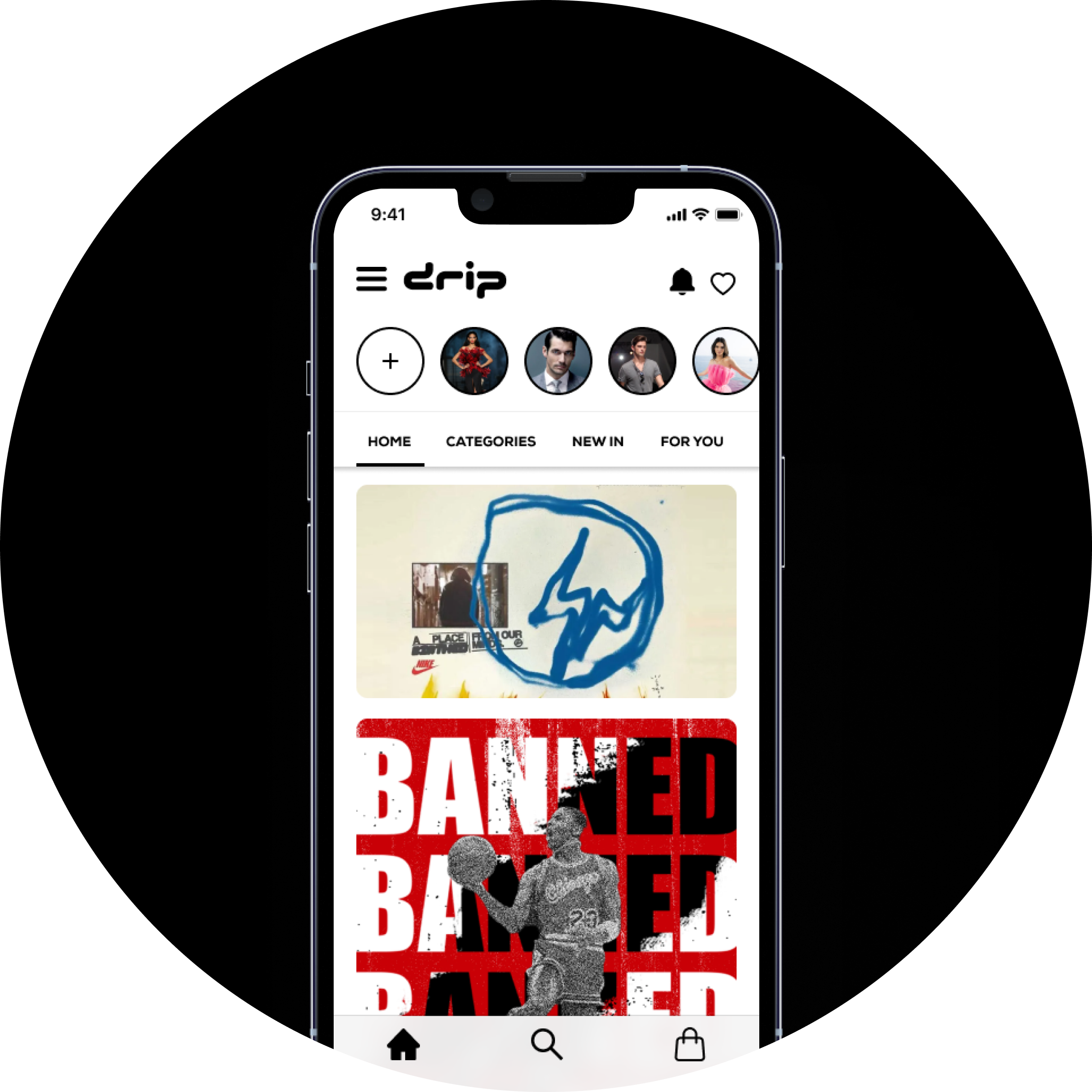
Home Screen
Now it's easier for the user to explore top brands, what's new in the market and what's made especially for them.

Search
The Search screen focuses on giving options of new releases, top searches & their recent search history to the user.

Categories
The categories helps users in selecting what they are looking for like whether they want to buy topwear, bottomwear etc. and they also get a option to buy thrifted clothes or top brand apparels.
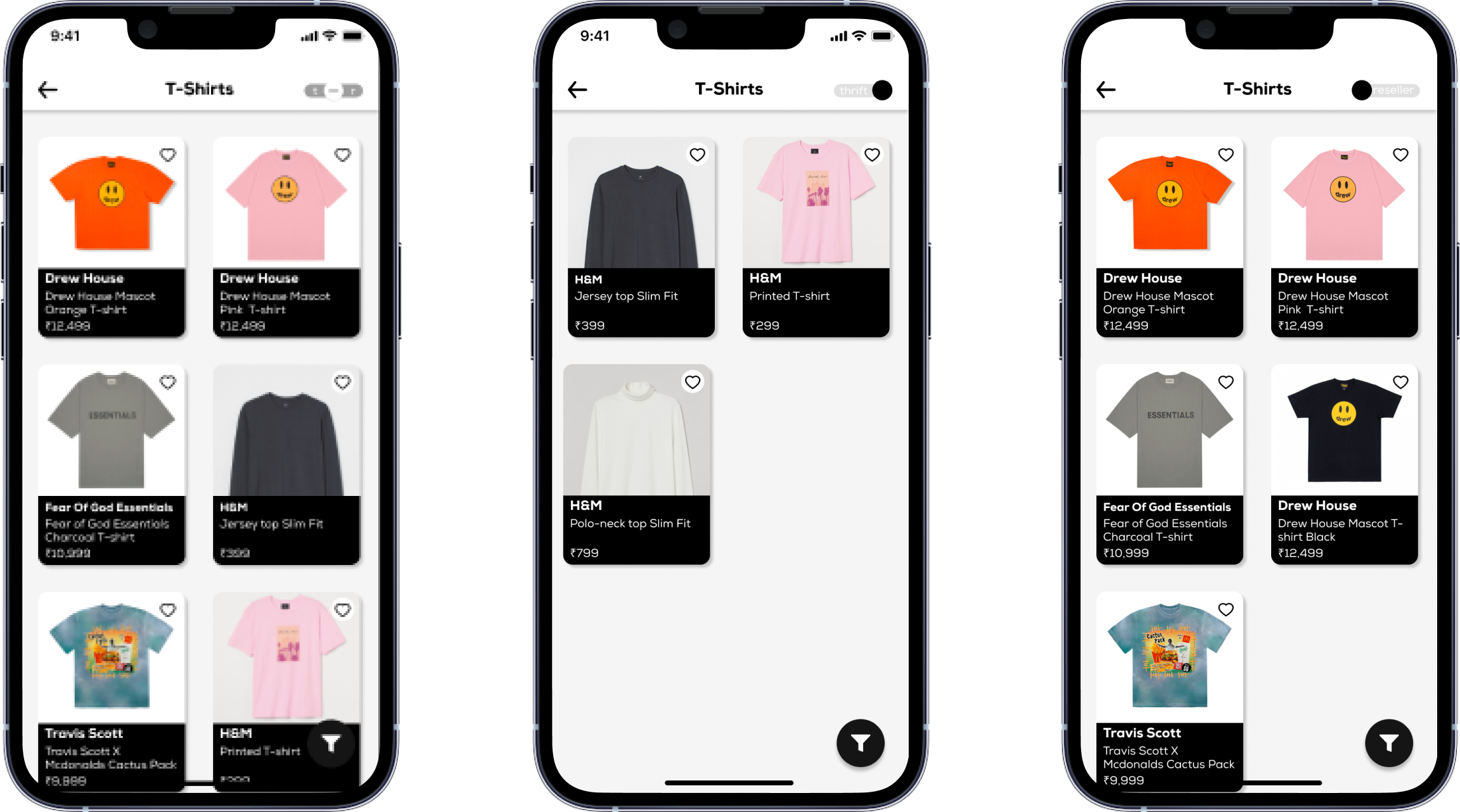
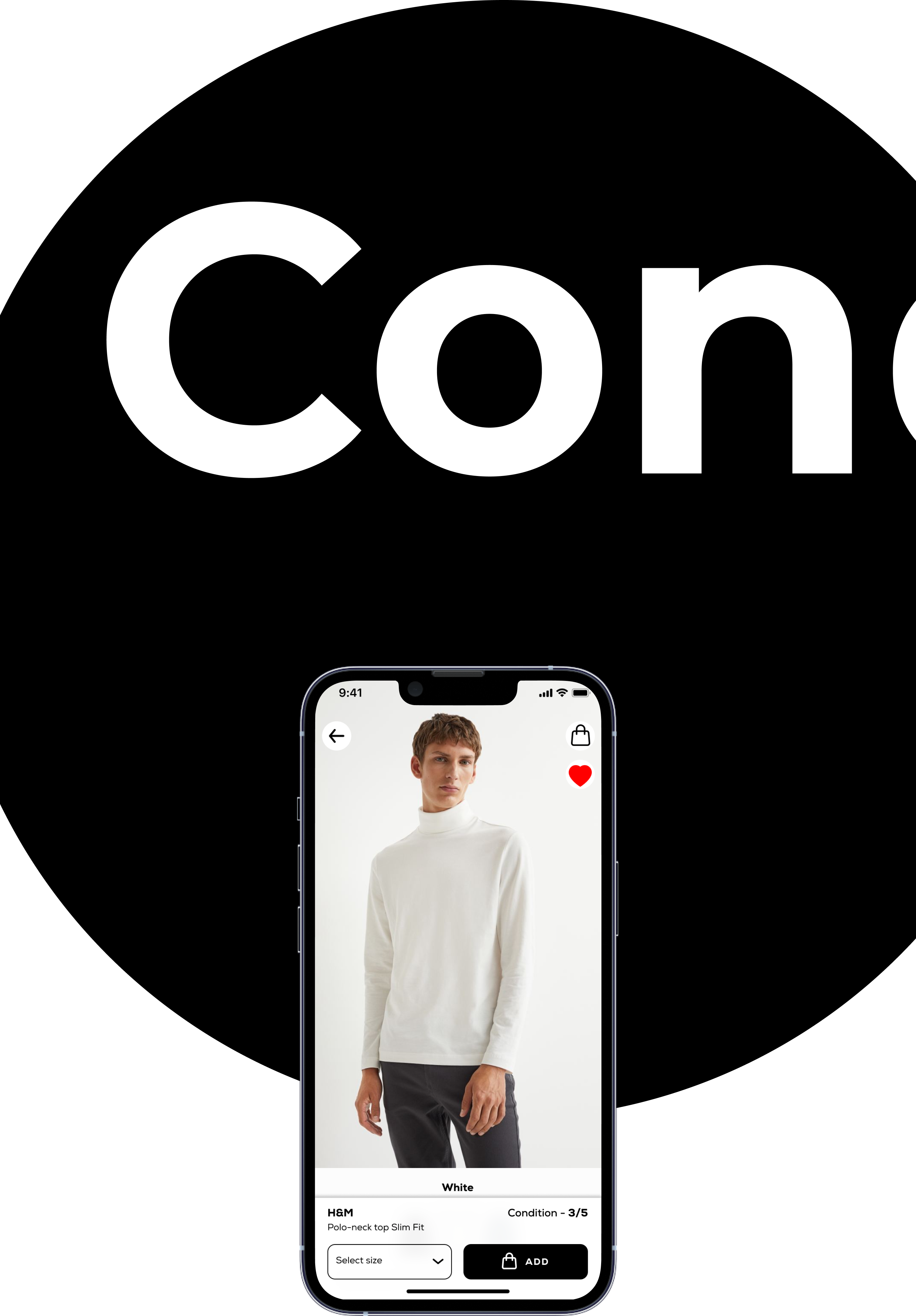
Condition
The users will be able to see the condtion of any apparel, shoes or product whether it is used or deadstock when they open it.

Payment
Making payments are much easier by adding more options to pay from for the users to choose and each gateway is protected by TLS encryption which increses the trust of user on the app. Oher than this user to track their order without any hassle directly from the app.
